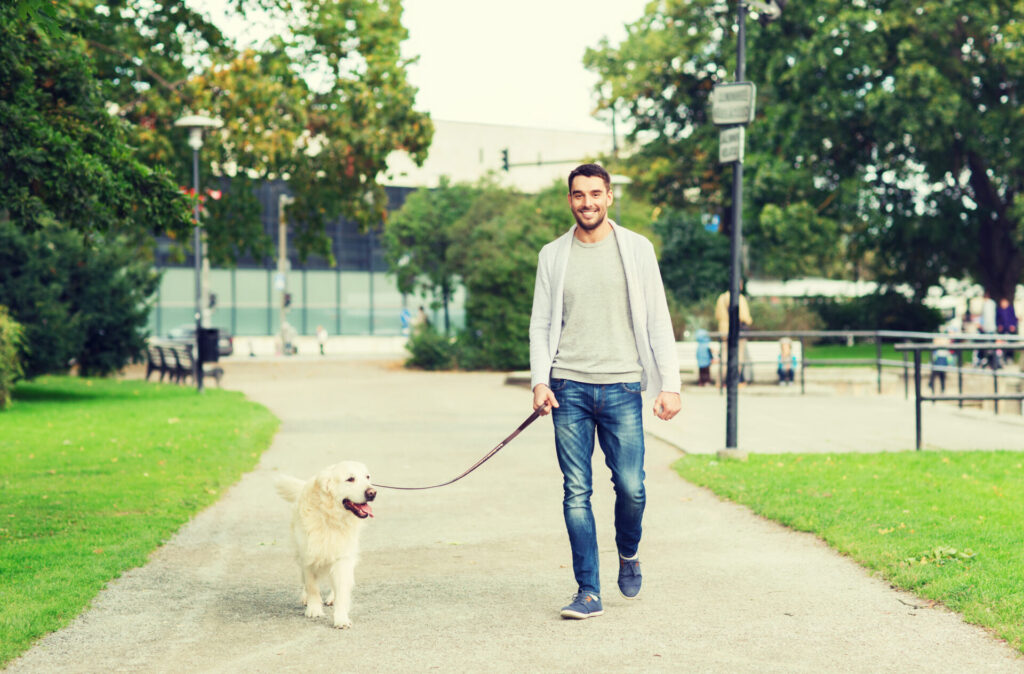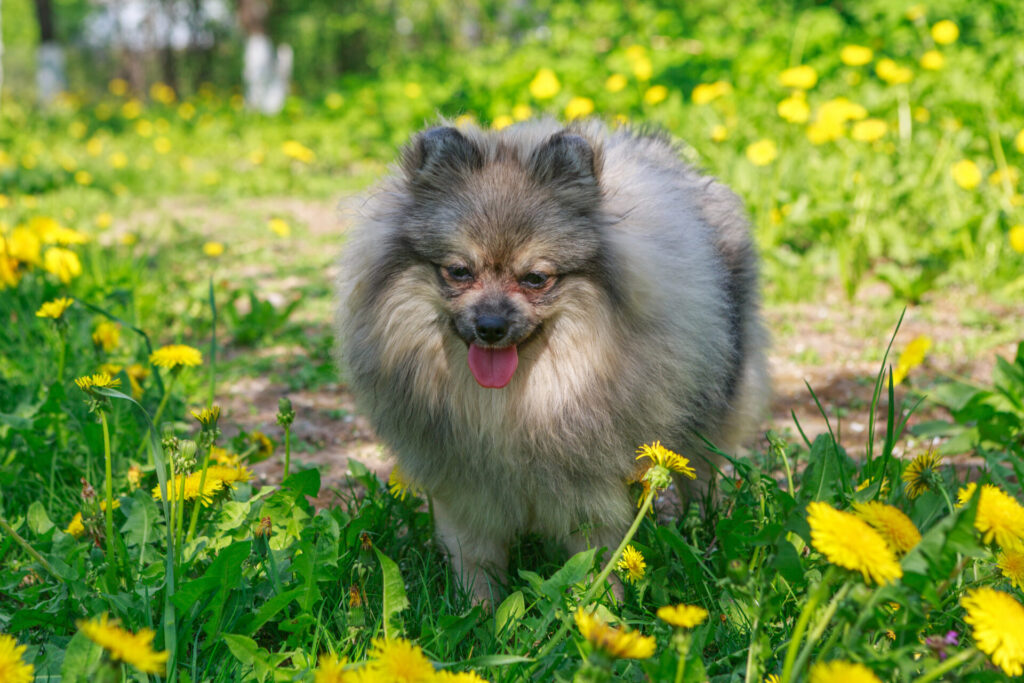The degree of ‘lameness’ that a dog experiences after a torn ACL really depends on the extent of the tear. Minor sprains and tears will leave the dog with a mild limp, while complete ruptures may completely prevent basic mobility for your dog.
In most cases dogs can walk with a torn ACL. This walk is typically with a limp that varies in severity from the ability to put very little, if any, weight on the injured hind leg to almost a normal gate.
Should a dog walk with a torn ACL? This may be the better question to ask. Rest, regardless of the treatment plan, is important for injury recovery, but continued mobility exercises are important.
Walking with a torn ACL can be quite painful for your dog, so there is definitely a need to create support and appropriate protocol to rehabilitate your dog’s knee.
Two Basic Guidelines To Help Determine The Degree Of Injury
At the moment of injury the pain can be intense for your dog, particularly if they experience a complete rupture to the hind knee ligament. You will be able to tell how bad the injury is by following these two simple guidelines:
- With a complete rupture your dog will hold the injured leg up in the air unable to bear any weight on it at all.
- With a strain or sprain, your dog will demonstrate a limp, but will still be able to walk. (2)
In the first instance, it may be best to bring your dog to the emergency room, and begin treatment immediately with your vet. In the second case a conservative management approach may be in order, along with some other alternative care measures.
It should be noted that the smaller the dog is, the easier it will be for them to walk with a torn ACL and experience a full recovery without surgery.
What The Owner Can Do To Assist A Dog’s Recovery After A Torn ACL
If your dog has experienced a partial tear to the cruciate ligament of the stifle joint, here is a list of things each owner can do to help your dog walk comfortably again:
- Rest. Create a confined space in your home where your dog feels comfortable to rest. This area should be free of stairs, a slippery surface, or furniture that will tempt your dog to jump up and onto.
- Continue to take your dog out for short walks to potty, be sure that the terrain is stable so as not to further any injuries. Walks may increase week by week as your dog begins to heal.
- Physical therapy, acupuncture, and massage. If possible find a practitioner of any of these alternative therapies to help your dog regain use of their injured leg. You may be surprised how effective these treatments will be.
- Hydrotherapy. If possible, find a pool where your dog can swim and move around. This will give your dog the opportunity not only to exercise but continue to mobilize the injured knee. (3)
Prevent Re-Injury Of The Knee Even While Your Dog Continues To Walk After A Torn ACL
There are several factors that will help to ensure that your dog does not re-injure the cruciate ligament even if you have followed the above mentioned protocol. Maintain a healthy weight for your dog, canines that are overweight for their build are much more likely to injure and re-injure their hind knee. Be sure to feed your dog healthy food in an appropriate quantity.
Maintain regular exercise that is not too rigorous, avoid allowing your dog to be mostly sedentary and then engage in rigorous exercise sporadically.
While it is true that in most cases dog’s can walk with a torn ACL, it is imperative that healing protocol be followed. This is true whether you choose surgery or non surgery options. Minor tears and sprains, even in larger dogs can often heal on their own with the help of an involved owner.
If you are unsure of the extent of injury be sure to consult with a veterinarian. If you are still unsure how to move forward get a second opinion, a third, and a fourth!

